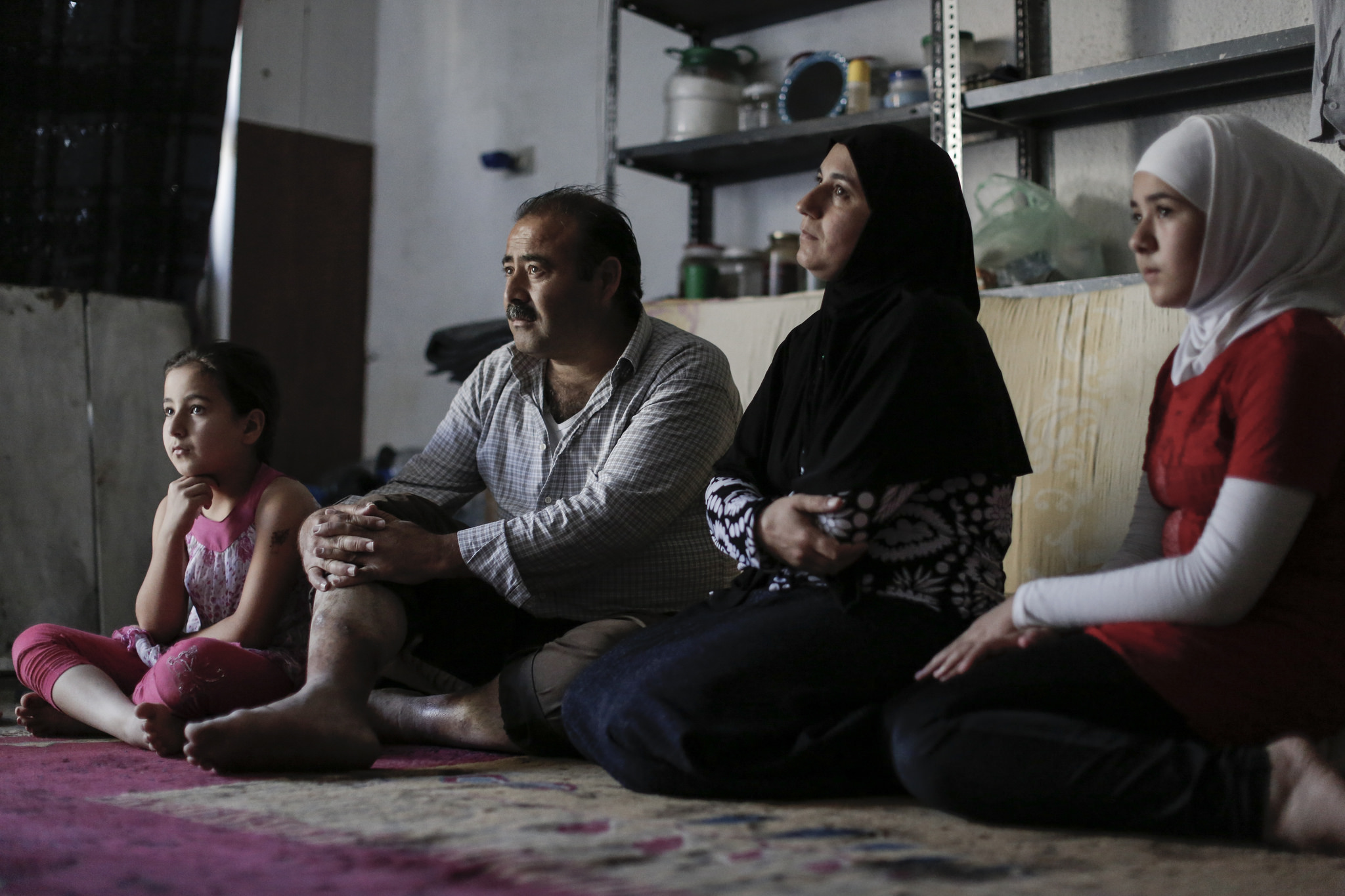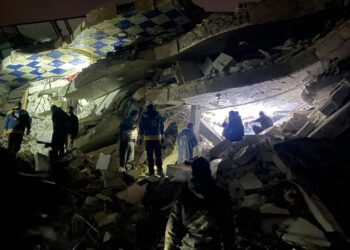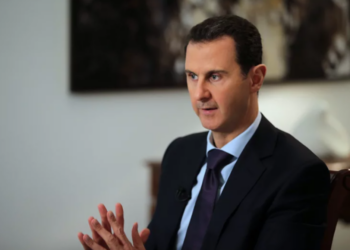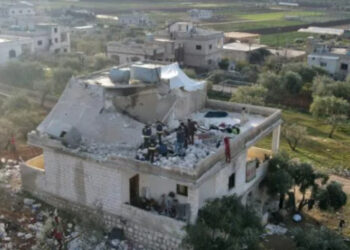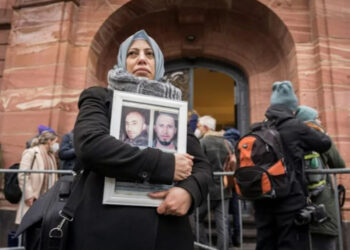Communities in Syria’s Eastern Ghouta, a rebel-held area outside Damascus, are at breaking point and in urgent need of aid, warn sources on the ground.
Eastern Ghouta is one of the last regions in Syria controlled by rebels fighting against President Bashar al-Assad. An increasingly tightened siege by the Syrian government, in place for four years, has been preventing aid groups from providing enough assistance to desperate civilians in the once fertile city.
“We currently have no access to the area and therefore can’t properly assess the needs or deliver humanitarian aid. The last time we went in there to deliver food to over 25,000 people living in East Harasta, Madyara and Misraba was on 23 September,” Ralph El Hage, spokesperson for International Committee for the Red Cross, told The Globe Post.
“The situation is dire, and we fear that it continues to worsen by the day for more than 400,000 people still living in Eastern Ghouta,” he added.
Airstrikes have surged in recent months, despite agreements in May between opposition forces and the Syrian regime to de-escalate the conflict.
A local watchdog reported on Tuesday that an airstrike killed ten civilians, including five children stood near a school gate. This month, at least five schools in the area have been hit by shelling, including a kindergarten this week. The final number of killed and injured children has not been confirmed.
Shocking images after regime strikes on a school kill at least 4 children and injure dozens of others in Jisreen, Eastern Ghouta region. pic.twitter.com/ACZWr0bMvc
— هادي العبدالله Hadi (@HadiAlabdallah) October 31, 2017
“Now the bombing is back again, around a month and a half ago it started with two or three airstrikes every day. During the last year, schools were closed for two weeks due to heavy shelling in the whole area,” Ahmed, an employee of a Save the Children partner in Eastern Ghouta, said in a release. His name was changed to protect his identity.
In many schools in besieged areas, children struggle to function due to severe hunger. Dozens of malnourished children reportedly faint every day in class and must receive medical care because they are too weak to study.
The entire area suffers food insecurity. Sources on the ground say families regularly skip meals due to insufficient money.
Food prices have also soared to around ten times higher than that of Damascus, located just kilometers away. In some cases, food prices are 300 percent higher in besieged areas.
“We are talking here about daily cases of children fainting in school due to malnutrition. There are six or seven cases in Douma where I live. And this is only in Douma, if we want to apply that to Ghouta and the surrounding areas, the number will go up to 30 fainting cases daily in schools,” Ahmed said.
People are reportedly rushing to stock up on food for the winter months ahead.
With rising fuel costs further squeezing families, many must choose between keeping warm and eating.
“It is getting cold, every day we are coming closer to winter. This is also a tragedy along with the siege, the medical center. The siege alone is enough. But as we have seen cases of death due to hunger or malnutrition, we will now also witness people dying due to the cold weather,” Ahmed added.
The siege also restricts vital medical supplies. Despite a UN shipment that delivered aid to 40,000 people on Monday, medicine is still in very short supply.
Tunnels used for smuggling goods into the besieged enclave were largely destroyed or closed in recent months, creating fears that even the limited amount of supplies will cease to arrive.
Oxfam, an international confederation of charitable organizations, has also assessed the humanitarian crisis in Eastern Ghouta.
“According to Syrian health workers based in Eastern Ghouta, cases of malnutrition are on the rise, most noticeably among children.” Joelle Bassoul, Oxfam Syria response media advisor, told The Globe Post.
“Pregnant women, sick and elderly people who can’t afford increasingly expensive food stuff, and are drinking contaminated water, are also suffering from malnutrition in what the United Nations has called a ‘humanitarian emergency’.”
For many people in the area the situation is worse than ever, according to Sonia Khush, Save the Children Syria Country Director.
“Children in eastern Ghouta are sick and hungry, and food and medicine are running out. If parties in the conflict don’t immediately allow goods and aid into areas under siege, children dying from malnutrition could become a daily occurrence as winter hits people especially hard,” Ms. Khush said in a press release.
“It is imperative that the siege of Eastern Ghouta is ended immediately, and that all parties come together to ensure that Syrian children do not have to live in daily fear of being killed in their homes or as they go to school,” she added.
The UN World Food Programme (WFP) said on Tuesday aid must be provided to those trapped in the area, warning that restricted access threatens civilian lives.
The @WFP on East Ghouta (besieged by Assad) "this year only 70,000 people received food assistance, out of an estimated pop' of 400,000" pic.twitter.com/3eoqbAIl0r
— kristyan benedict (@KreaseChan) October 26, 2017


